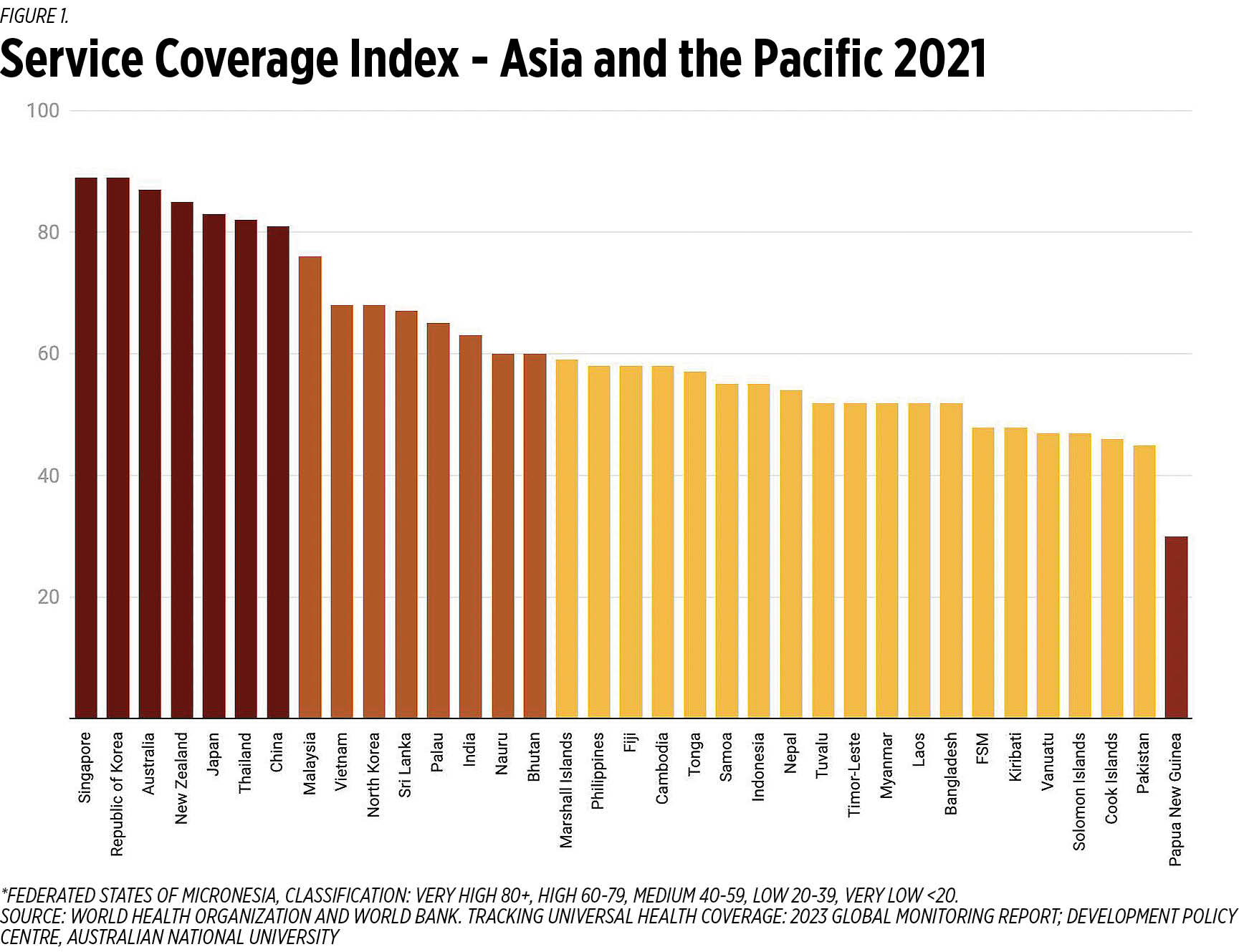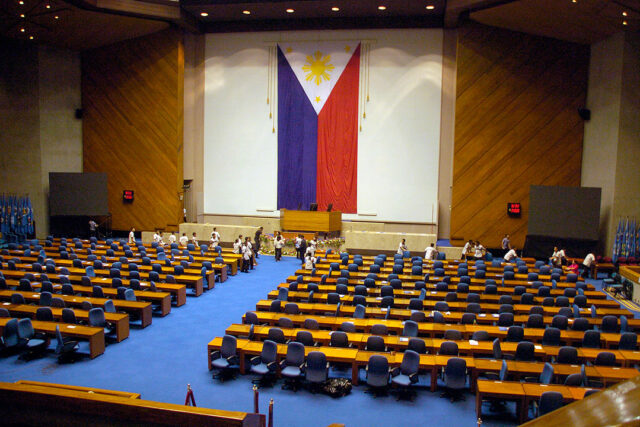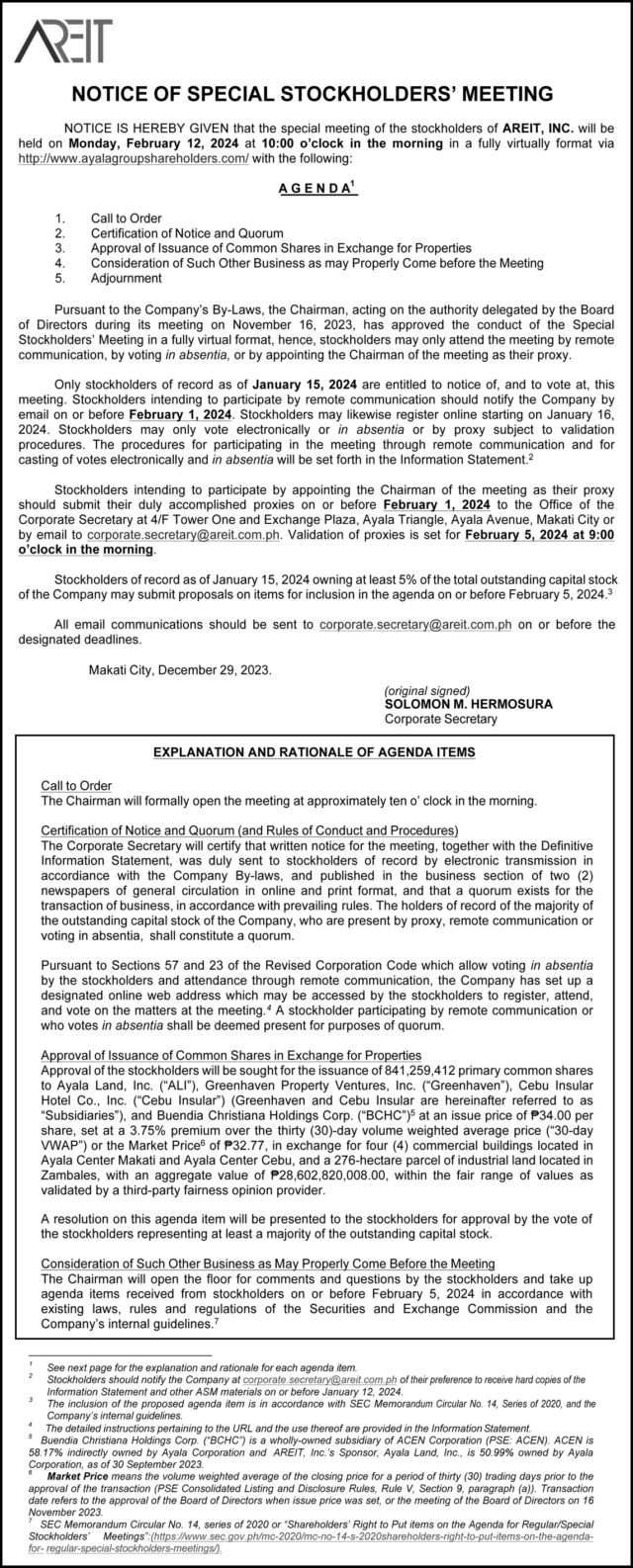Fed to begin rate cut talks but avoid teeing first one up
US FEDERAL RESERVE Chairman Jerome H. Powell and his colleagues could be forgiven if they’re feeling a bit like parents on an extended road trip with their children.
Investors eager for interest-rate cuts keep asking policy makers, “Are we there yet?” The repeated reply so far: “Soon, but not quite yet.”
The Federal Open Market Committee (FOMC) is widely expected to hold interest rates steady for the fourth straight meeting when it gathers in Washington on Jan. 30 and 31. The real focus though will be on what lies ahead, at the FOMC’s March meeting and beyond.
Policy makers have recently suggested they’re ready to begin discussing the broad parameters for lowering rates after giving the subject only a passing nod at their last meeting in December. Several have also indicated a willingness to entertain rate cuts in the first half of 2024 if inflation falls faster than expected.
But officials haven’t given any sign they plan to use their upcoming gathering to tee up a rate cut for March — although that doesn’t preclude one from happening in response to economic shifts between now and then.
San Francisco Fed President Mary Daly on Friday said it’s “premature” to think interest-rate cuts are around the corner, noting she needs to see more evidence that inflation is on a consistent trajectory back to 2% before easing policy.
“The Fed can be patient,” said Morgan Stanley Chief US Economist Ellen Zentner, who expects the first rate cut to come in June.
Mr. Powell and his colleagues can take their time because they won’t be cutting rates to counteract an economic contraction — as has often occurred in the past. Instead, they will be calibrating policy to reflect a surprisingly steep drop in inflation from a multidecade high 1-1/2 years ago.
“With economic activity and labor markets in good shape and inflation coming down gradually to 2%, I see no reason to move as quickly or cut as rapidly as in the past,” Fed Governor Christopher Waller told the Brookings Institution on Jan. 16.
His comments — coupled with news of stronger-than-expected retail sales in December — prompted investors to rein in their expectations for a March rate reduction. They now see a slightly less than even chance of that happening, based on trading in the federal funds futures market on Friday. Just a week earlier they put the odds of a reduction at about three in four.
WORST OUTCOME
History also argues for the Fed being cautious in initiating rate reductions. In the 1970s, the central bank was too quick off the mark in easing policy before inflation was truly vanquished. That’s an error that even Paul Volcker — widely considered the greatest US central banker — committed in 1980 as the economy weakened, only to reverse course later and drive the US into a deeper downturn.
The worst outcome would be for policy makers to lower rates and have to raise them again later if inflation moves higher, Atlanta Fed President Raphael Bostic told business leaders on Jan. 18. “We do not want to go on these up-and-down or a back-and-forth pattern,” he said.
Such thinking will probably prompt the central bank to delay a rate reduction until May, according to economist Claudia Sahm, a former Fed staffer. But once it gets going, it could move quickly, Ms. Sahm, who heads her own consulting firm and is a Bloomberg Opinion columnist, said.
“If inflation looks really good, they could have some 50-basis-point (bp) cuts in the second half of the year,” she said.
Policy makers will receive fresh data on their preferred inflation gauge next Friday, as well as a first read on gross domestic product in the fourth quarter on Thursday.
Bloomberg Economics Chief US Economist Anna Wong said she expects the core measure of the Fed’s favored inflation gauge to come in below 2% on a one-, three- and six-month annualized basis.
Policy makers last month projected they would lower rates by 75 bps in 2024, according to their median forecast.
Mr. Bostic told Fox Business on Friday said he’s open to changing his views on the timing of interest-rate cuts depending on the data, though he wants to be sure inflation is “well” on the way to the central bank’s 2% goal before easing policy.
FORWARD GUIDANCE
One decision the FOMC will have to make at its upcoming gathering is whether to alter the guidance it gives on future policy actions in its post-meeting statement. In December, policy makers left the door slightly ajar to the possibility they might raise rates further, after hiking them by more than five percentage points since March 2022.
Whether that is still applicable is unclear. Many officials believe the risks of a reacceleration of inflation — and thus the possibility of another rate hike — have dwindled. But with the bond and stock markets rallying on hopes of lower rates, hawkish FOMC members may be reluctant to abandon that guidance.
“In light of the easing in financial conditions in recent months, we shouldn’t take the possibility of another rate increase off the table just yet,” Dallas Fed President Lorie Logan told economists on Jan. 6.
Looming in the background of the Fed’s deliberations is the November presidential election. In a Jan. 17 report, Morgan Stanley economists Matthew Hornbach and Seth Carpenter made the case against assuming the upcoming election would influence monetary policy.
But that doesn’t mean the central bank will escape criticism on the campaign trail, especially if Donald Trump — the leading contender for the Republican nomination — worries that Fed rate cuts will help President Joseph R. Biden.
The “Fed will be blamed for influencing the election, regardless of what it decides,” said Diane Swonk, chief economist at KPMG LLP. — Bloomberg

















